The Ultimate Guide To Companion Planting Corn
The Ultimate Guide to Companion Planting Corn
Corn is a staple crop in many parts of the world, and for good reason. It's a delicious and versatile vegetable that can be enjoyed in many different ways. But did you know that companion planting can help you grow healthier and more productive corn plants?
Companion planting is the practice of planting certain types of plants together to benefit each other. By carefully selecting your plant partners, you can create a thriving ecosystem in your garden that will help to deter pests, improve soil health, and boost yields.
In this guide, we'll discuss the benefits of companion planting corn, and we'll share some of the best plants to grow alongside it. We'll also provide some tips on how to get started with companion planting.
Benefits of Companion Planting Corn
There are many benefits to companion planting corn. Here are a few of the most important:
- Deterrent to pests. Many companion plants can help to deter pests from corn plants. For example, nasturtiums and marigolds are both known to repel insect pests, while basil can help to keep away corn earworms.
- Improved soil health. Some companion plants can help to improve soil health, which can benefit corn plants in a number of ways. For example, legumes like beans can fix nitrogen in the soil, which can provide corn plants with a valuable nutrient.
- Increased yields. Companion planting can help to increase corn yields. For example, the Three Sisters planting method, which involves planting corn, beans, and squash together, has been shown to increase yields by up to 25%.
Best Plants to Grow with Corn
There are many different plants that can be grown with corn. Here are a few of the best:
- Beans. Beans are a great companion plant for corn because they fix nitrogen in the soil, which can benefit corn plants. Beans also help to suppress weeds, which can free up your time and energy for other tasks.
- Marigolds. Marigolds are another great companion plant for corn. They help to repel insect pests, such as aphids, corn earworms, and rootworms. Marigolds also add a splash of color to your garden.
- Nasturtiums. Nasturtiums are another insect-repelling plant that can be grown with corn. They also help to improve soil health by attracting beneficial insects, such as ladybugs and lacewings.
- Potatoes. Potatoes are a good companion plant for corn because they have different rooting depths. This means that they don't compete for water and nutrients, which can help to reduce stress on both plants.
- Squash. Squash is a good companion plant for corn because it helps to suppress weeds and provide shade. Squash also helps to improve soil health by attracting beneficial insects.
Tips for Companion Planting Corn
Here are a few tips for companion planting corn:
- Choose plants that have different rooting depths. This will help to reduce competition for water and nutrients.
- Choose plants that have similar water and light requirements. This will help to ensure that both plants get the resources they need to thrive.
- Plant companion plants in a staggered pattern. This will help to prevent them from competing for sunlight.
- Experiment with different combinations of plants. There is no one-size-fits-all approach to companion planting, so it's important to experiment to find what works best for your garden.
Conclusion
Companion planting is a great way to improve the health and productivity of your corn plants. By carefully selecting your plant partners, you can create a thriving ecosystem in your garden that will benefit both you and your plants.
Best Companion Plants for Corn
Corn is a delicious and versatile vegetable that can be enjoyed in many different ways. But did you know that there are certain plants that can help corn grow better? Companion planting is the practice of planting different types of plants together to benefit each other. And when it comes to corn, there are a few specific plants that can really make a difference.
Some of the best companion plants for corn include:
- Pole beans: Pole beans climb up corn stalks, providing them with support and shade. They also help to improve the soil nitrogen levels.
- Winter squash: Winter squash can help to suppress weeds and retain moisture in the soil. They also provide a good source of shade for corn plants.
- Marigolds: Marigolds help to repel pests such as aphids and corn earworms. They also attract beneficial insects that can help to pollinate corn plants.
- Dill: Dill helps to attract pollinators and repel pests. It can also help to improve the flavor of corn.
- Nasturtiums: Nasturtiums help to repel pests and attract pollinators. They can also be used as a living mulch to suppress weeds.
If you're looking to grow healthy, productive corn plants, companion planting is a great way to go. By planting the right companion plants near your corn, you can help to improve the soil quality, suppress weeds, attract pollinators, and repel pests.
For more information about the best companion plants for corn, please visit Garden Wiki.
FAQ of best companion plants for corn
Q: What are the best companion plants for corn?
A: Some of the best companion plants for corn include:
- Beans: Beans are nitrogen-fixing plants, which means they can help to enrich the soil for corn. They also help to suppress weeds and pests.

- Squash: Squash can help to shade the ground around corn plants, which can help to keep weeds down and retain moisture. They also help to attract beneficial insects.
- Melons: Melons can provide similar benefits to squash as a companion plant for corn.

- Marigolds: Marigolds can help to repel pests such as aphids and corn earworms. They also attract beneficial insects such as ladybugs and lacewings.
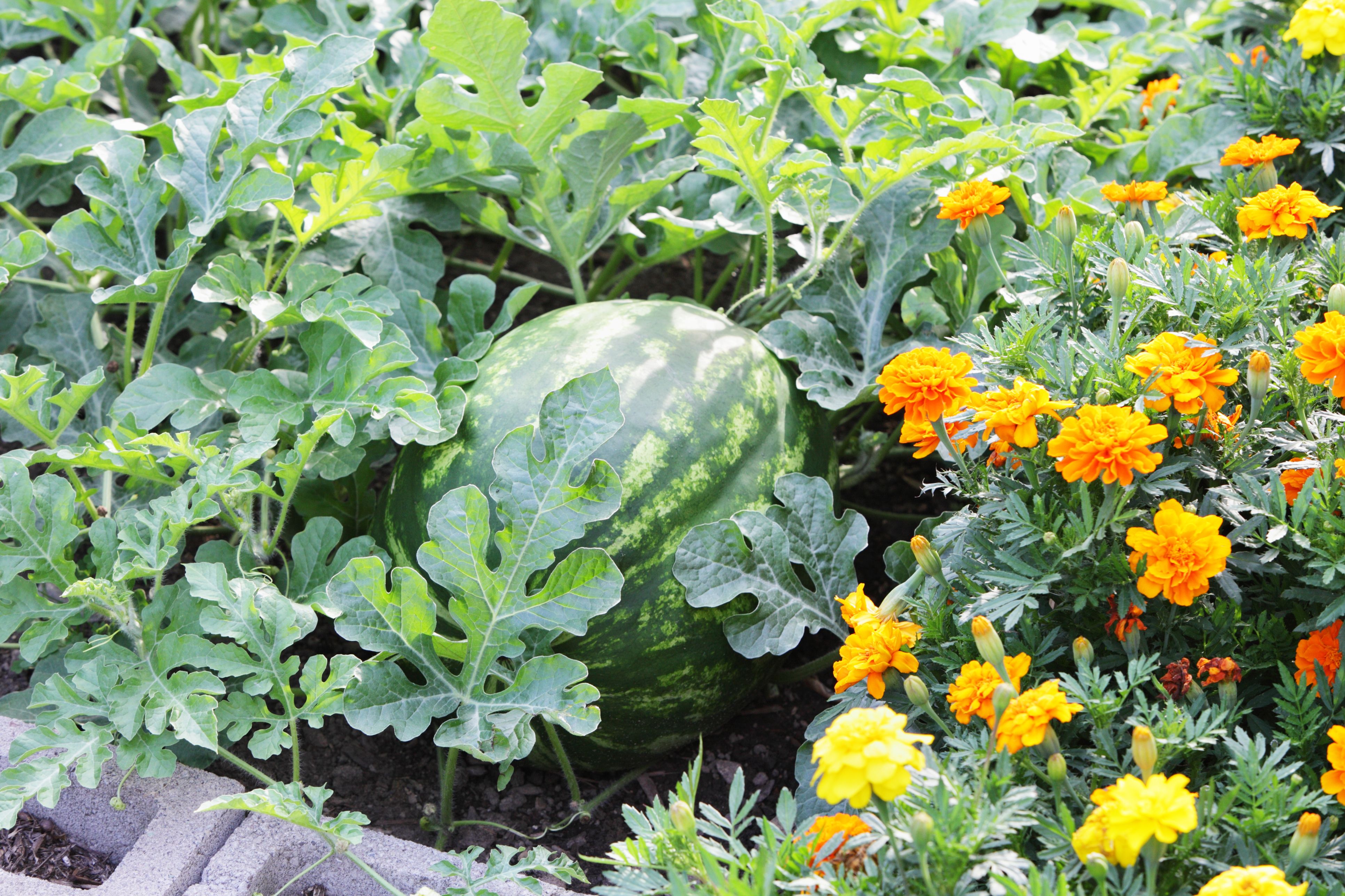
- Dill: Dill can help to attract beneficial insects such as honeybees and hoverflies. It can also help to repel pests such as cabbage loopers and squash bugs.
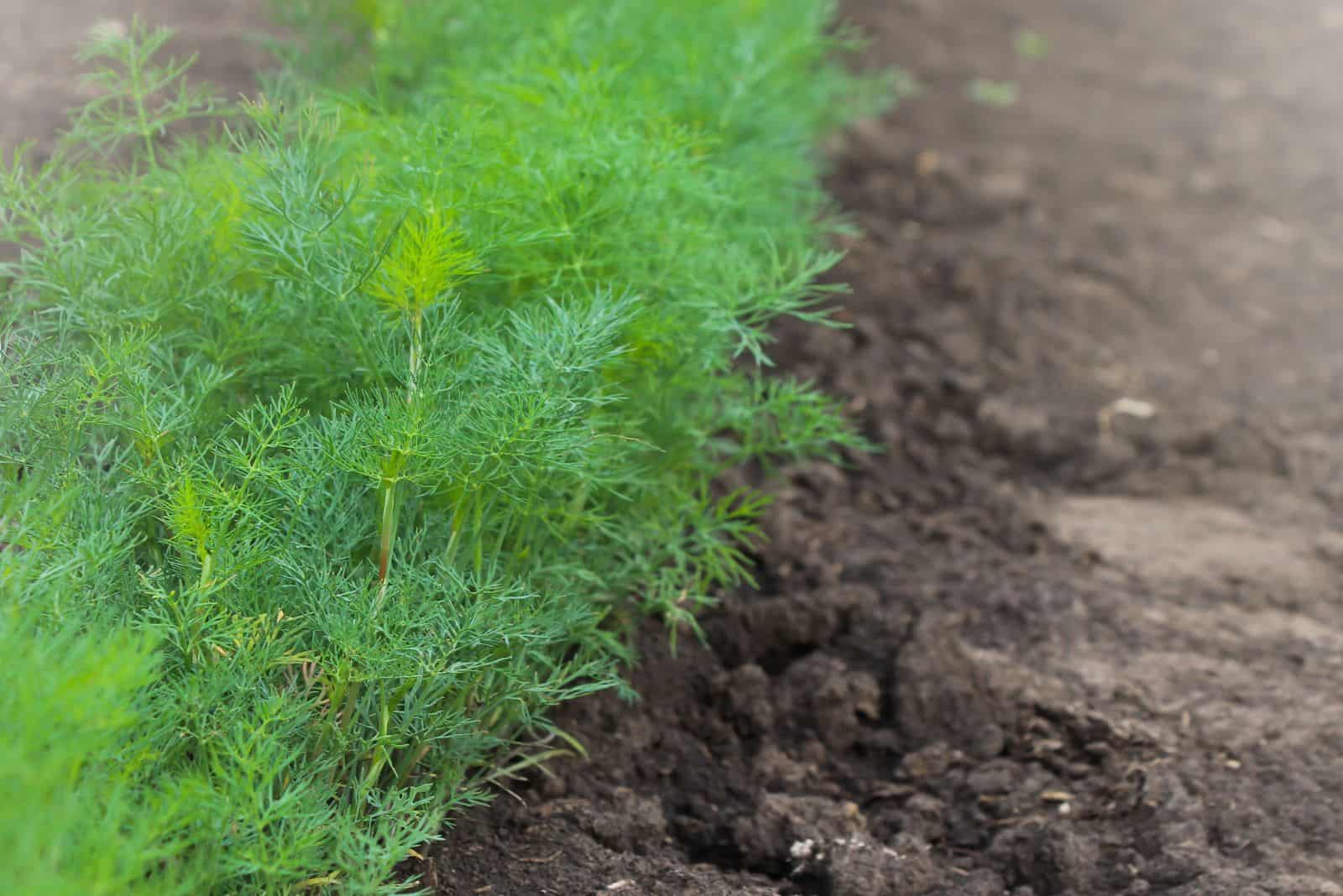
Q: What are the benefits of companion planting with corn?
A: There are many benefits to companion planting with corn, including:
- Improved soil health: Companion plants can help to improve soil health by fixing nitrogen, suppressing weeds, and attracting beneficial insects.
- Increased yields: Companion plants can help to increase corn yields by providing shade, suppressing weeds, and attracting pollinators.
- Reduced pest pressure: Companion plants can help to reduce pest pressure by attracting beneficial insects and repelling pests.
- Enhanced flavor: Companion plants can enhance the flavor of corn by providing shade and attracting pollinators.
Q: What are some plants that should not be planted near corn?
A: Some plants that should not be planted near corn include:
- Tomatoes: Tomatoes and corn compete for the same nutrients, so they should not be planted near each other.
- Onions: Onions can stunt the growth of corn, so they should not be planted near each other.
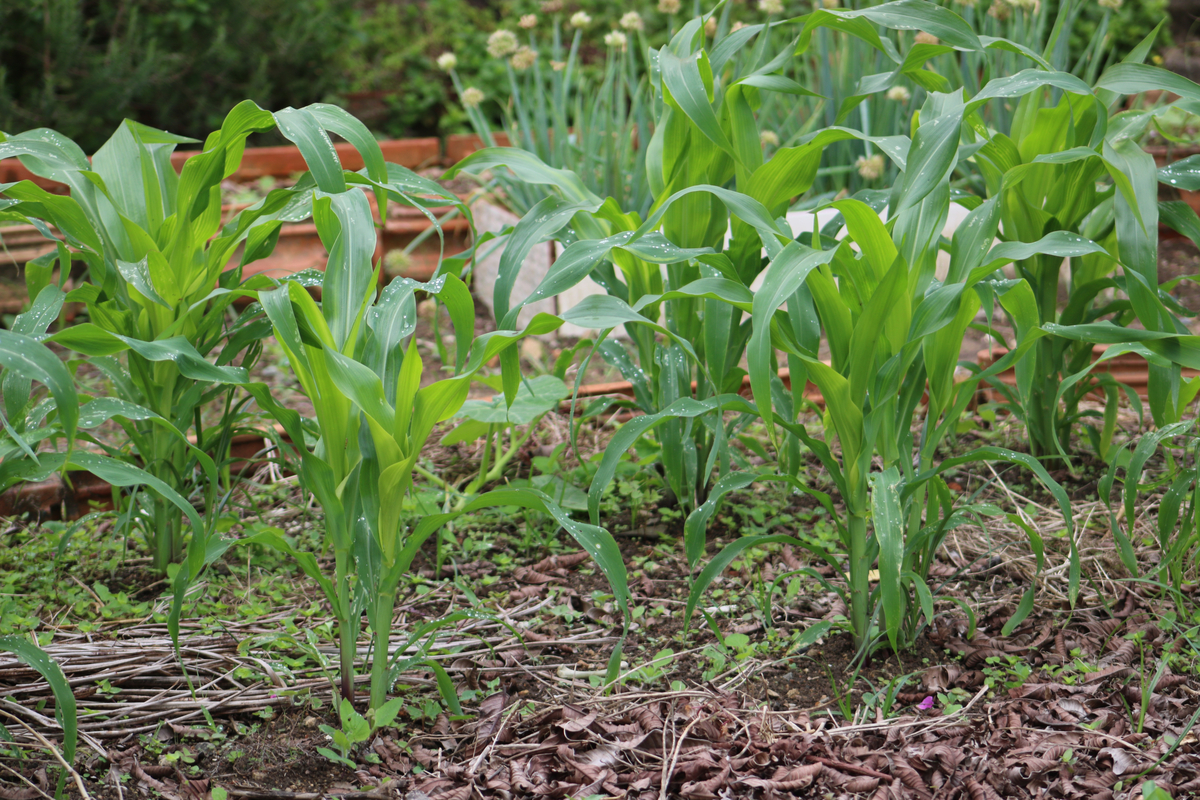
- Garlic: Garlic can also stunt the growth of corn, so it should not be planted near each other.

Q: How far apart should corn plants be planted?
A: The distance between corn plants depends on the variety of corn being planted. However, most varieties of corn should be planted about 18-24 inches apart.
Q: When should I plant corn companion plants?
A: You should plant corn companion plants at the same time as you plant corn. This will ensure that the plants have time to grow together and benefit each other.
Image of best companion plants for corn
- Dill: Dill attracts beneficial insects that help to control pests, such as aphids and spider mites. It also helps to improve the flavor of corn.

- Nasturtiums: Nasturtiums deter pests, such as cucumber beetles and corn borers. They also attract pollinators, such as bees and butterflies.
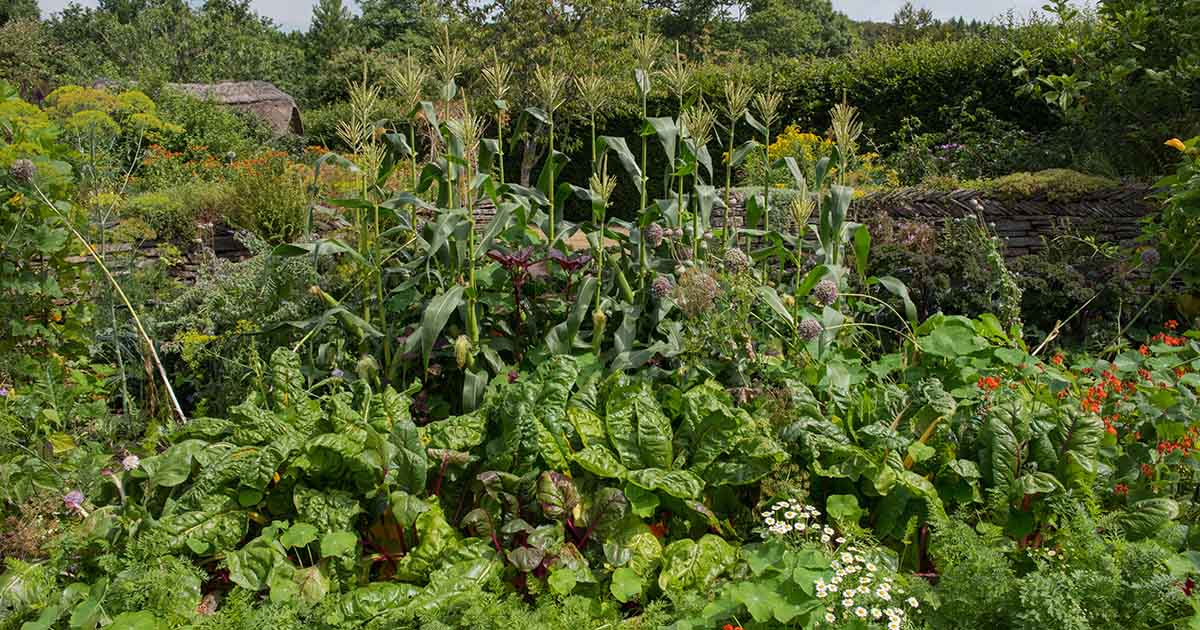
- Pole beans: Pole beans help to shade the soil around corn, which can help to suppress weeds. They also fix nitrogen in the soil, which can benefit corn.
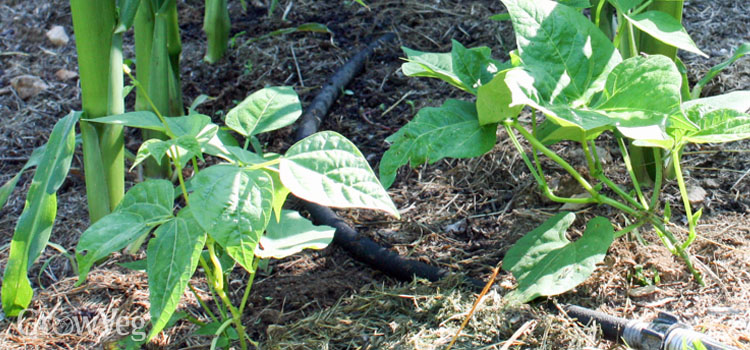
- Pumpkins: Pumpkins help to suppress weeds and improve the soil structure. They also attract pollinators, such as bees and butterflies.
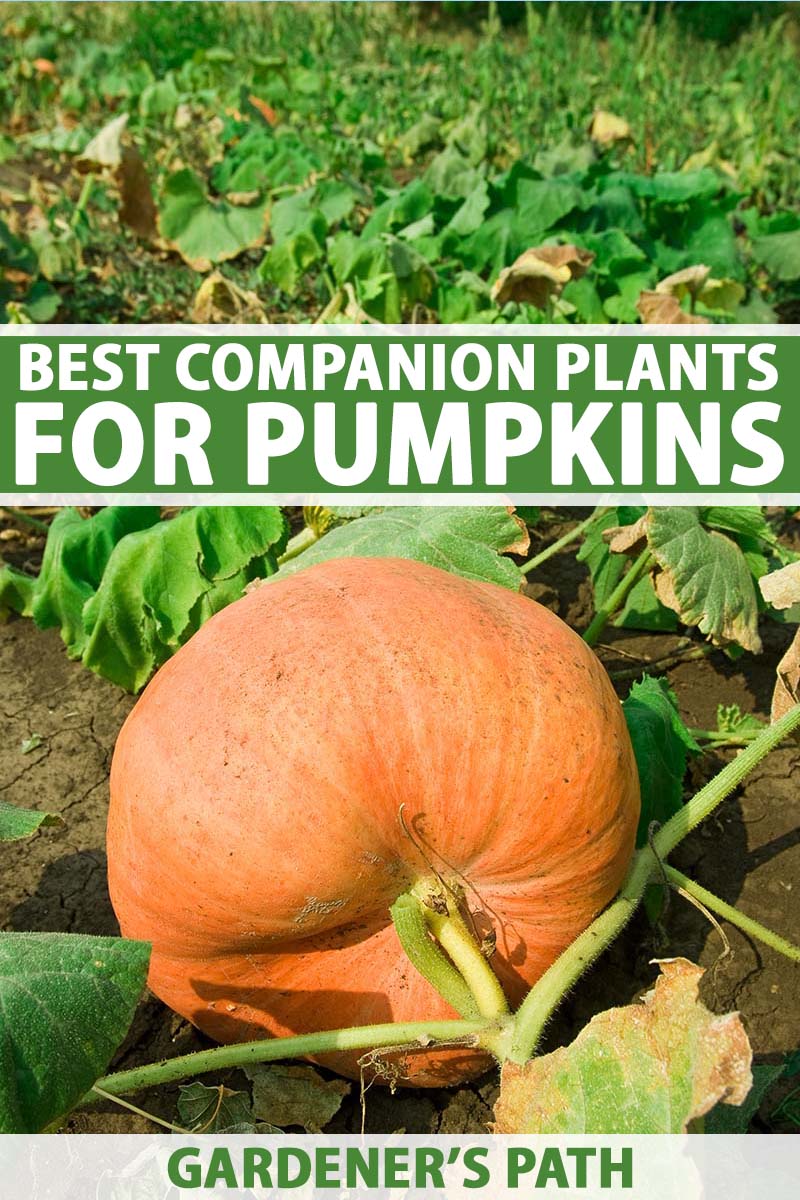
- Sunflowers: Sunflowers attract pollinators, such as bees and butterflies. They also help to deter pests, such as rabbits and deer.
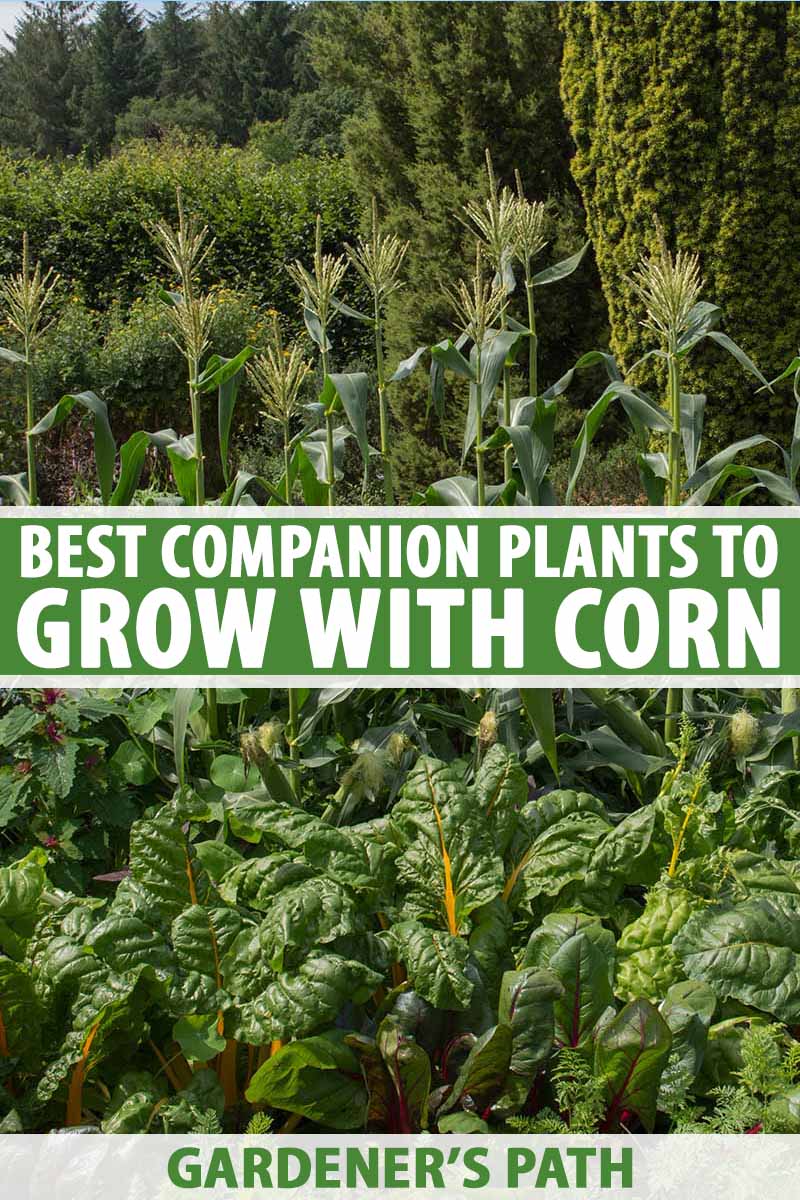
Post a Comment for "The Ultimate Guide To Companion Planting Corn"